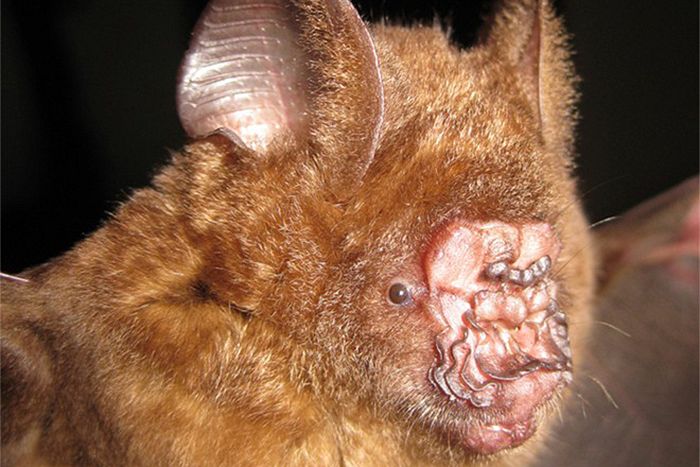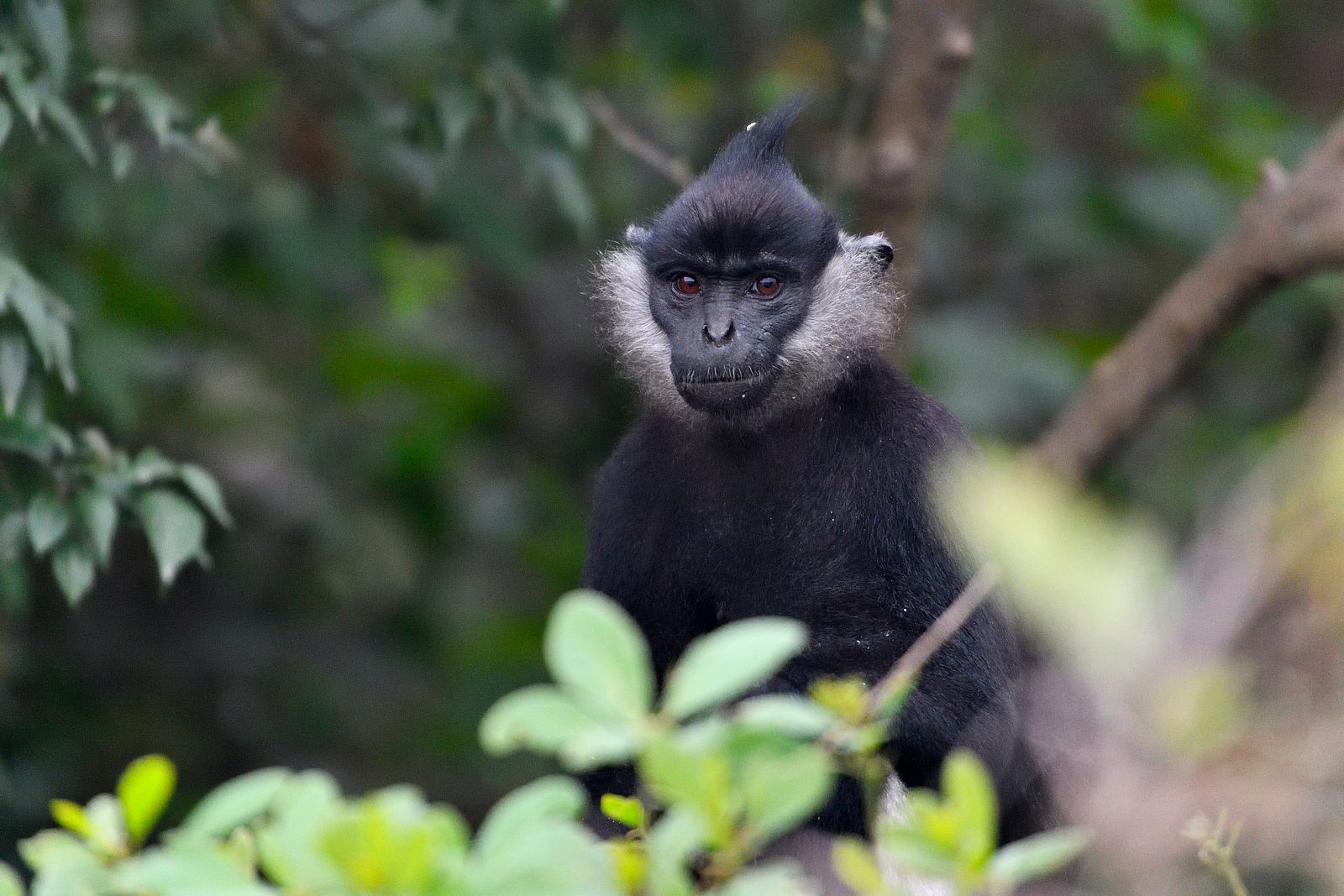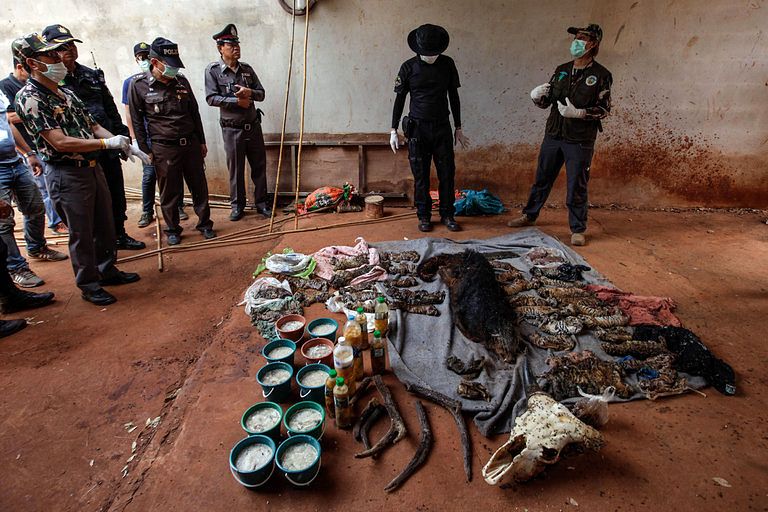A new World Wide Fund (WWF) study, conducted between 2012 and 2013, found 99 new species of flora and fauna in Vietnam, some just outside of major urban centers, reports Thanh Nien.
The study, published last week, highlighted some of the more remarkable species such as Helen’s Flying Frog (Rhacophorus helenae) which was discovered less than 100km outside of HCMC. This large, green frog can glide up to 15m from tree to tree. Sadly, the frog’s lowland forest home is threatened by habitat loss and degradation and is expected to be put on the International Union for Conservation of Nature’s Red List.

The hunch-bat Hipposideros griffini, better known as Griffin’s leaf-nosed bat, was found at 248 meters above sea level in Cat Ba National Park on Cat Ba Island in Ha Long Bay in northern Vietnam and is characterized by its scrunched nose.
The list of discoveries covers many different types of species:
“…Includ[ing] 21 new amphibians, 24 fishes, 28 reptiles, one bird, three mammals, and 290 new plants, like the salmon orchird (Bulbophyllum salmoneum), named for the resemblance, found at 400-800 metres above sea level in a mountain range on the border between Vietnam and Laos.”
Our favorite, at least in name, is the “penis head” fish (Phallostethus cuulong), found in the shallow banks of canals and rivers in Soc Trang and Tra Vinh Provinces in the Mekong Delta.
“The thin, nearly transparent fish has the sex organ located underneath its chin on the male body, and at the throat at the female one. Unlike a lot of fish, its fertilization takes place inside the female’s body.”
It’s great to see scientific recognition of these plants and animals, but considering that many of these species have long been known by locals, it seems a bit misleading when they are categorized as “new” finds.














